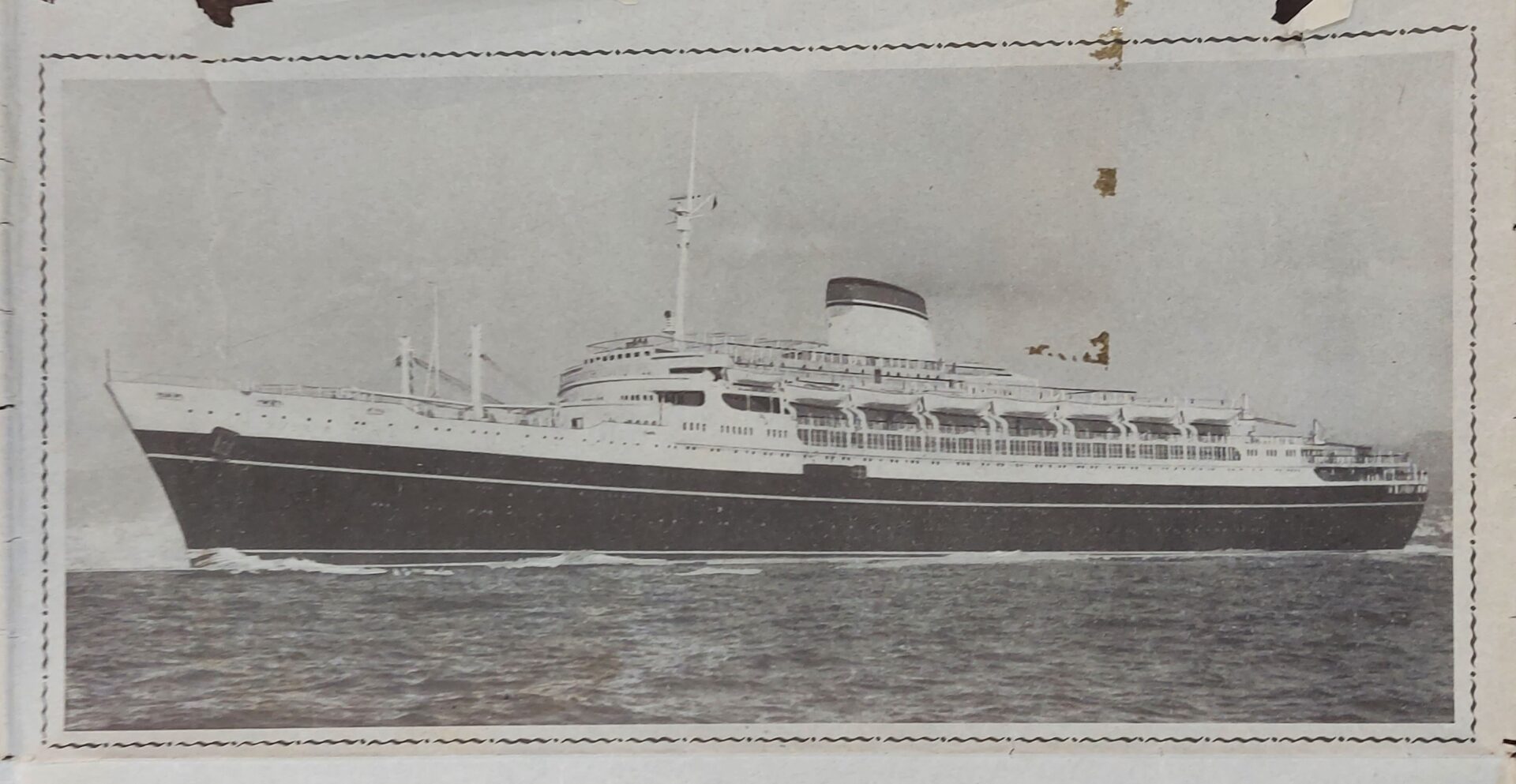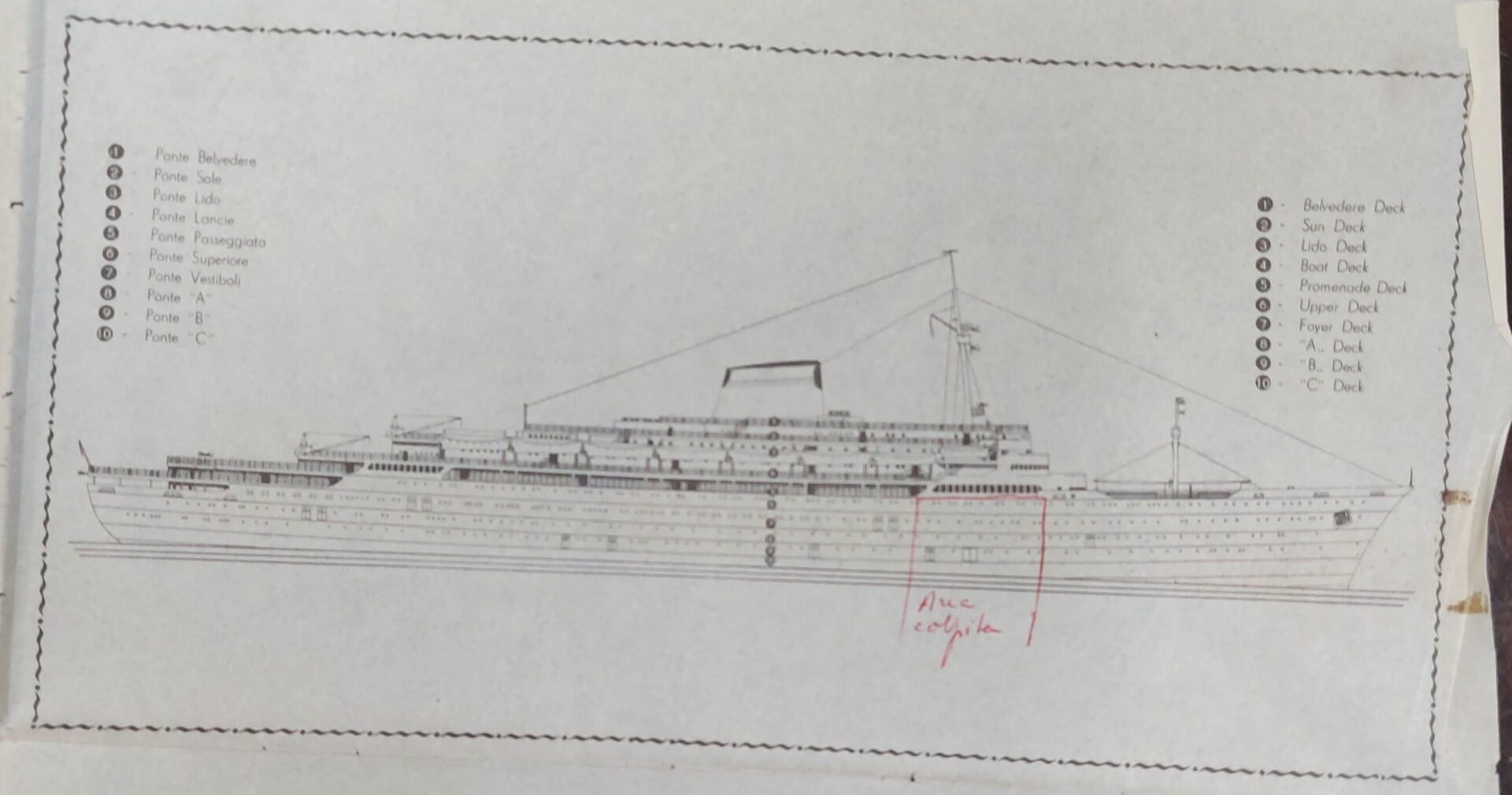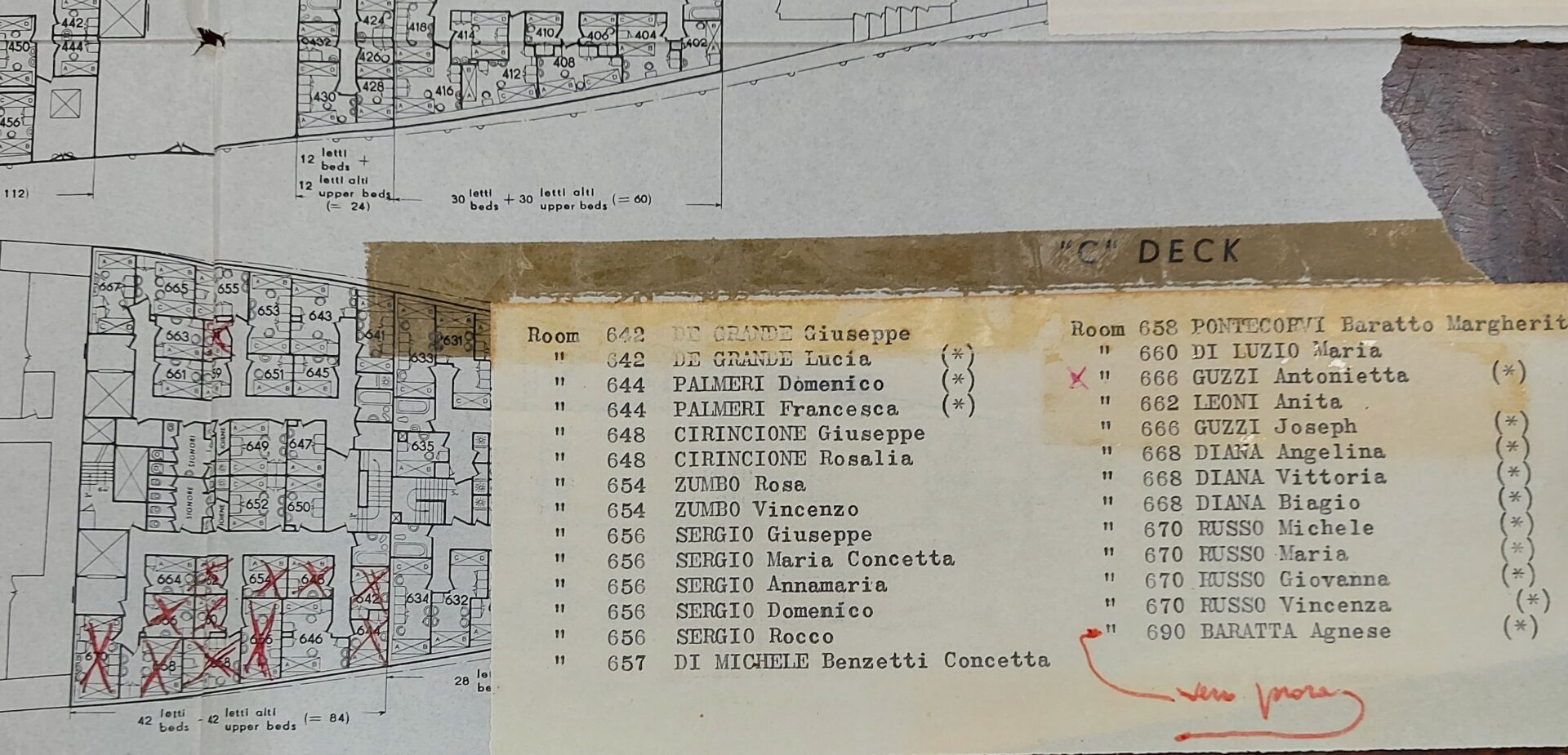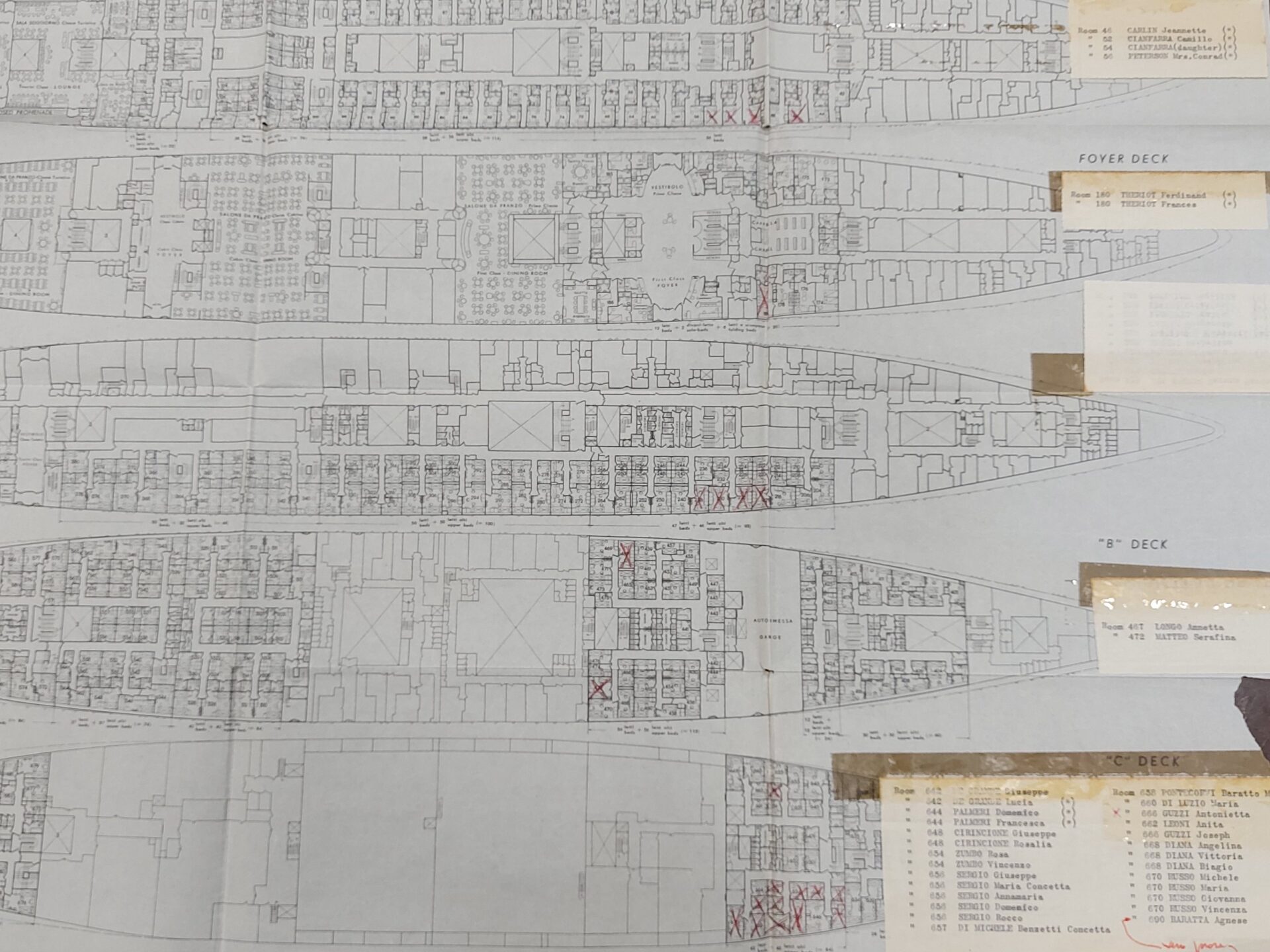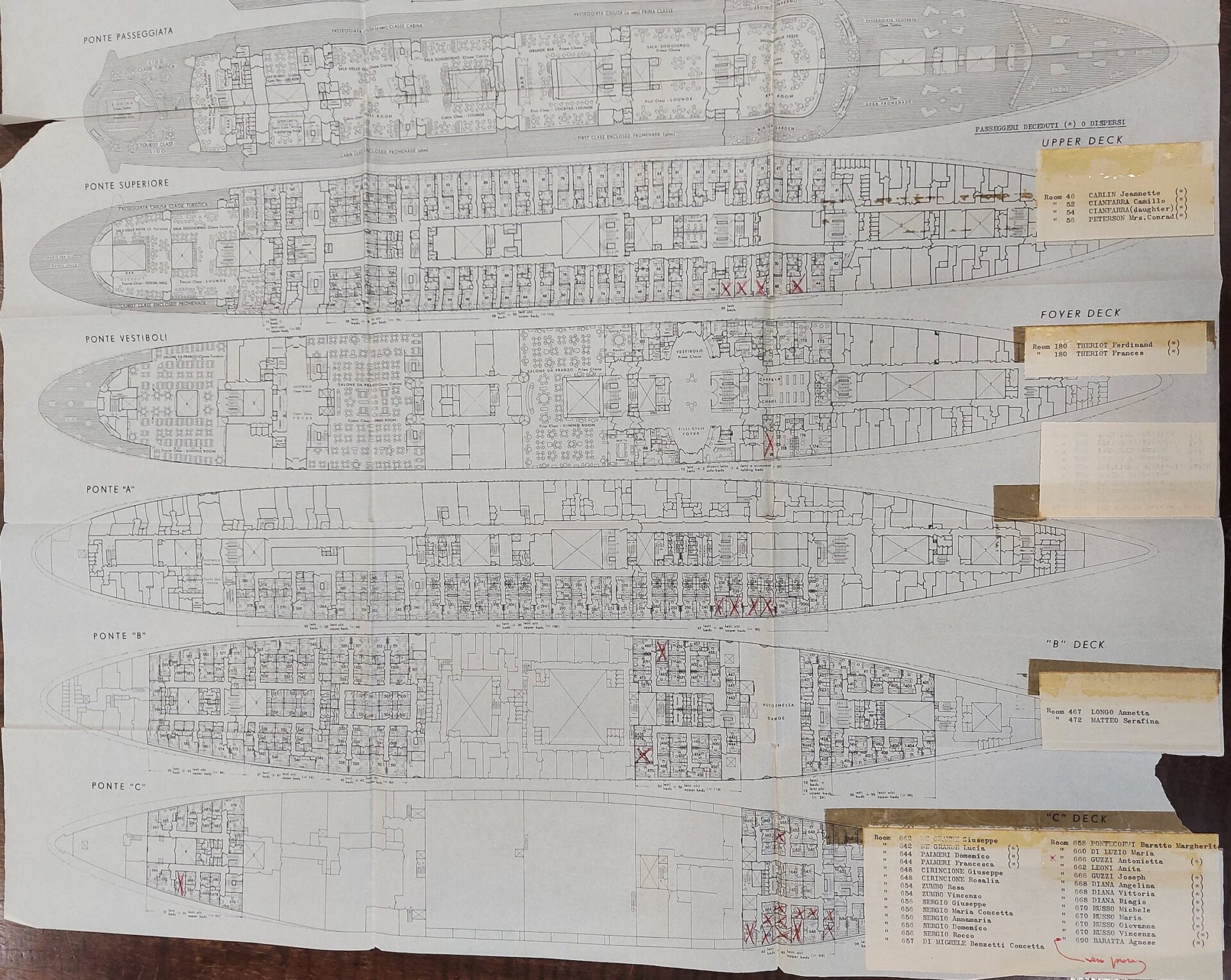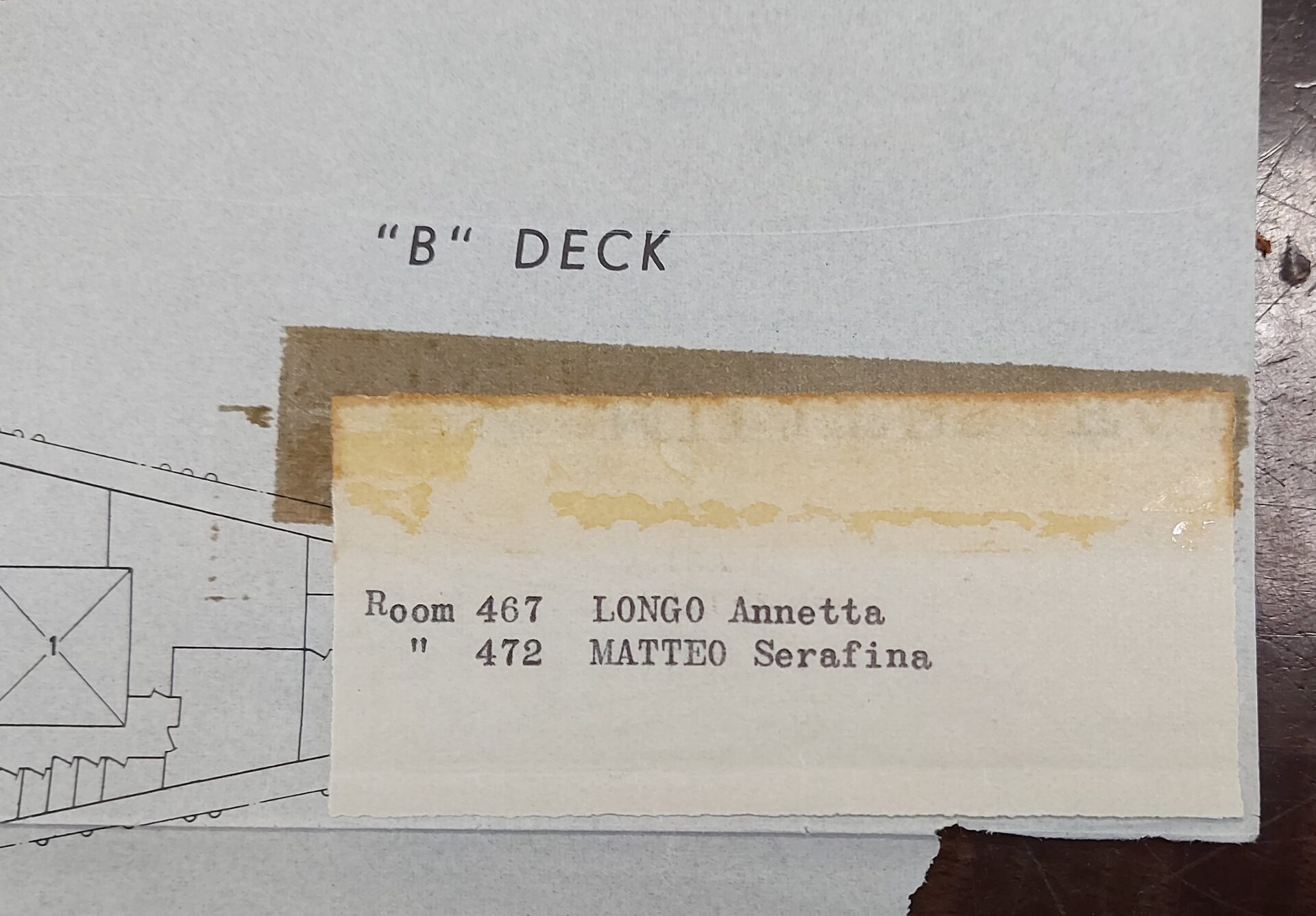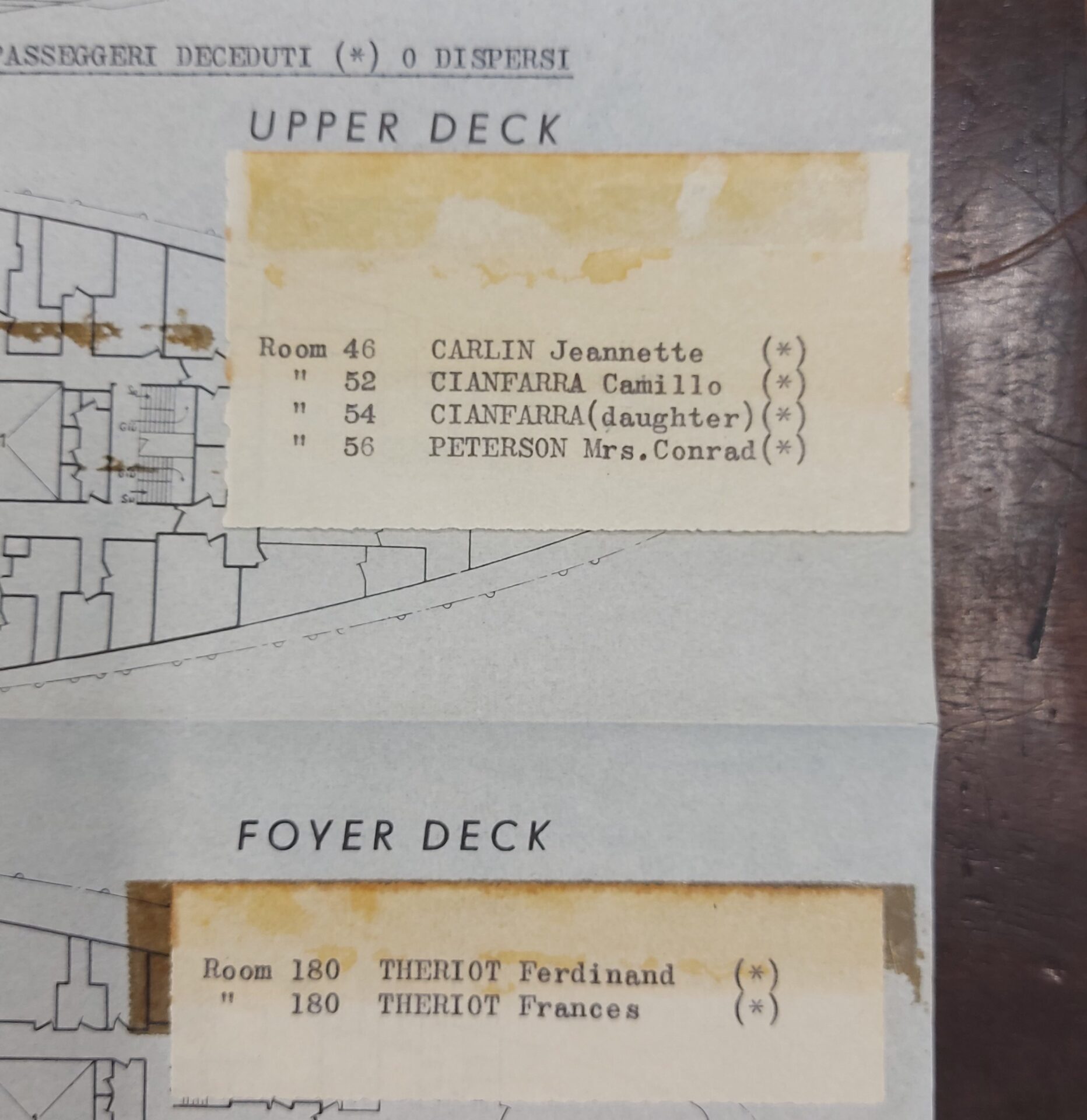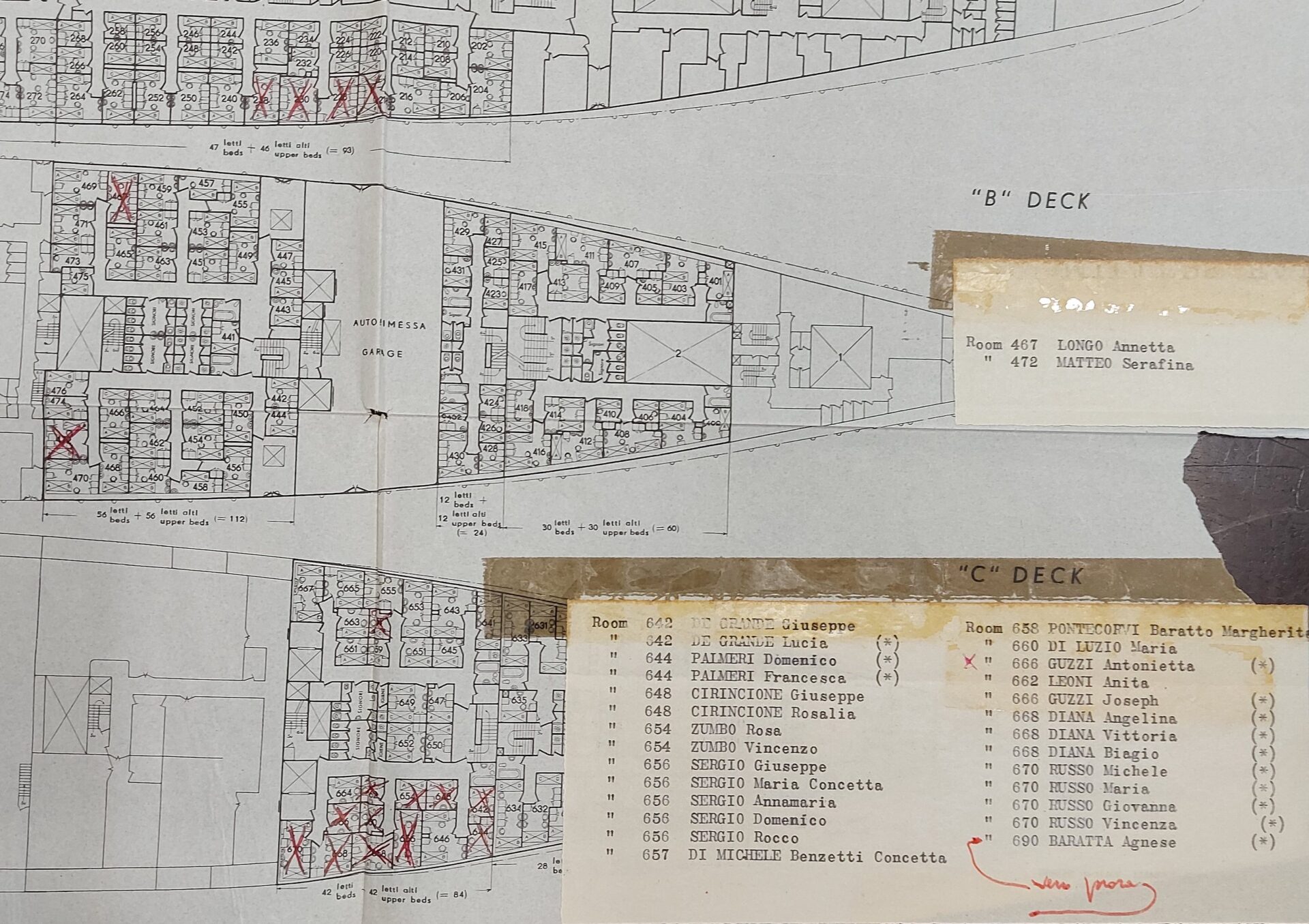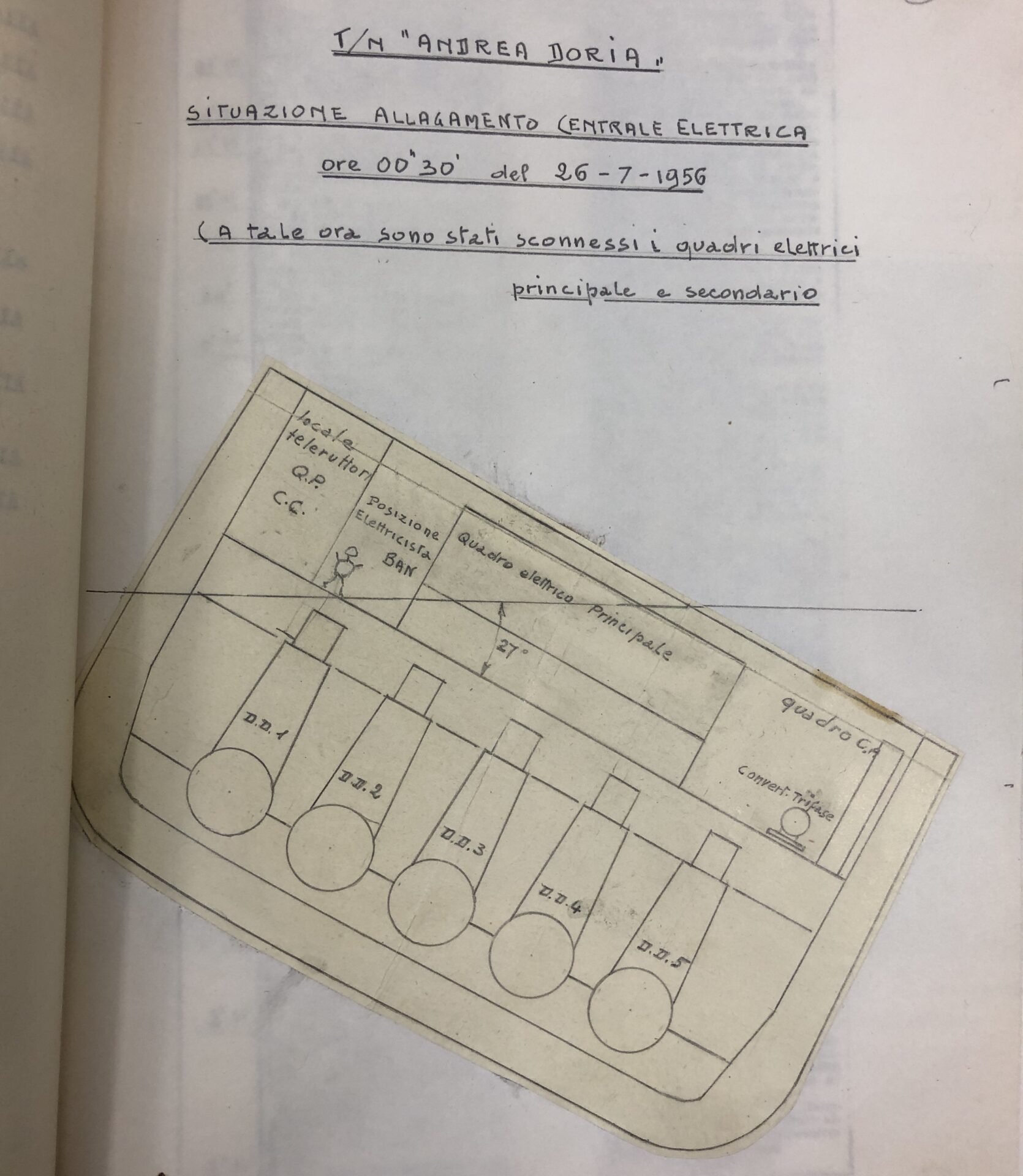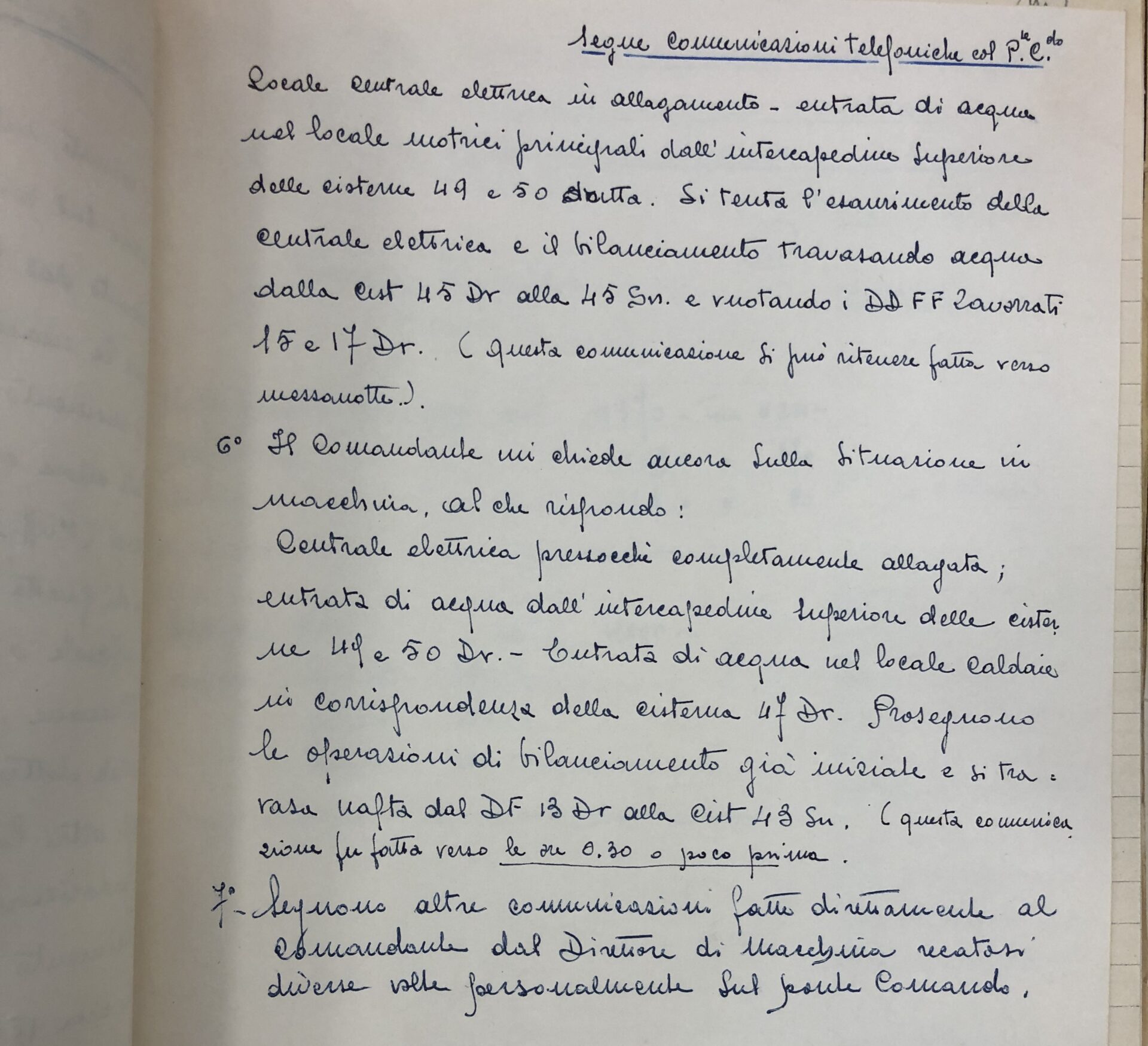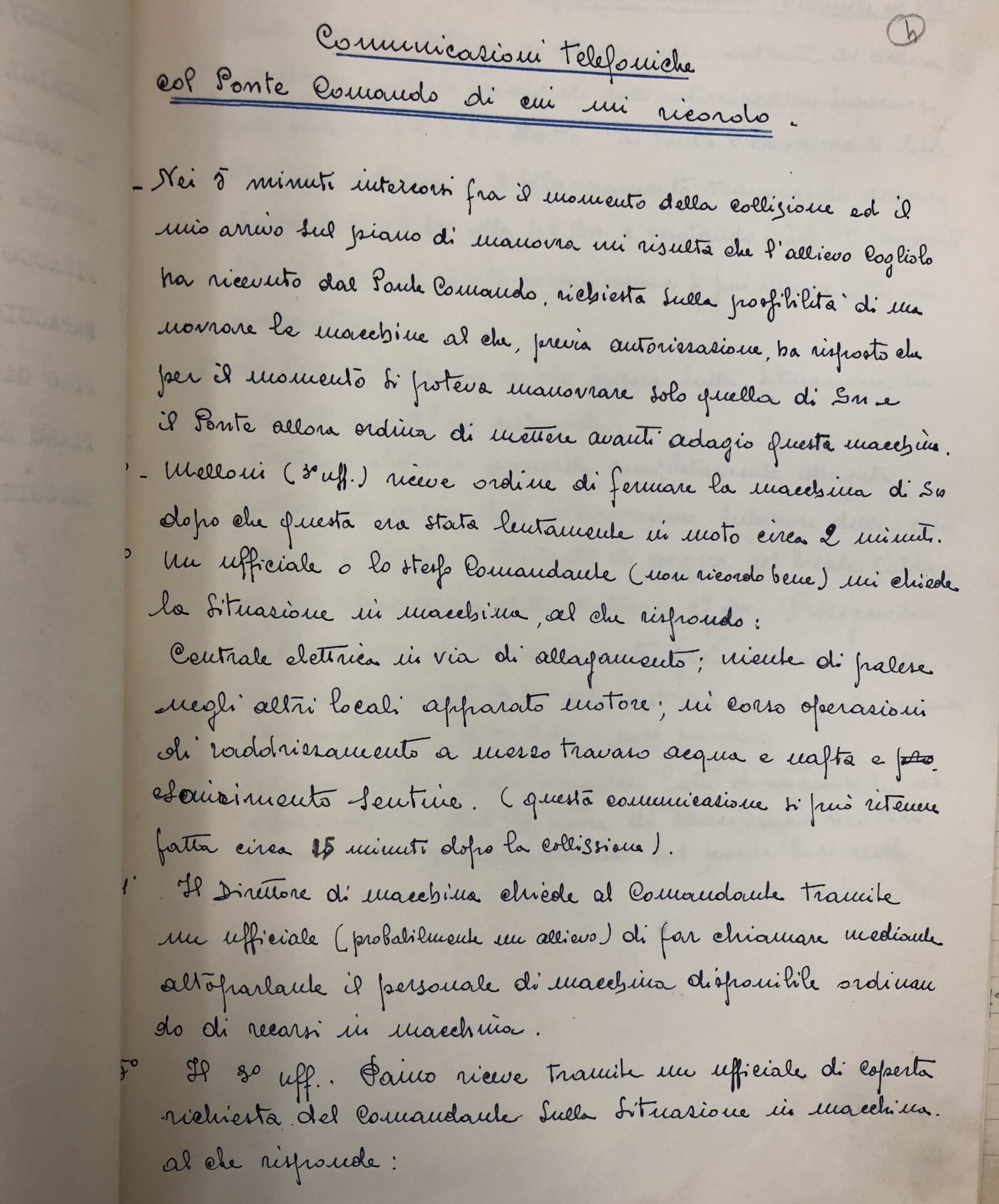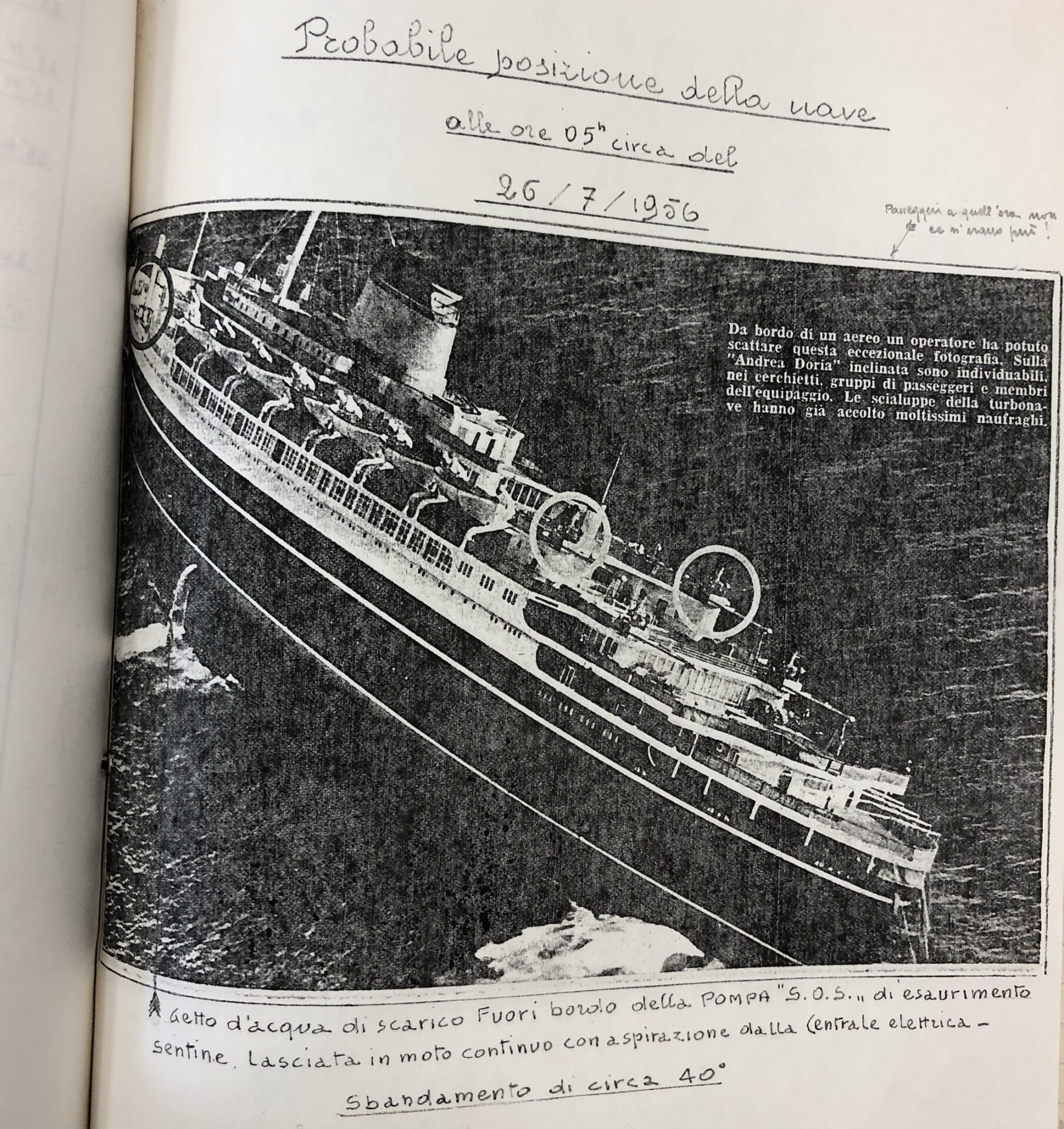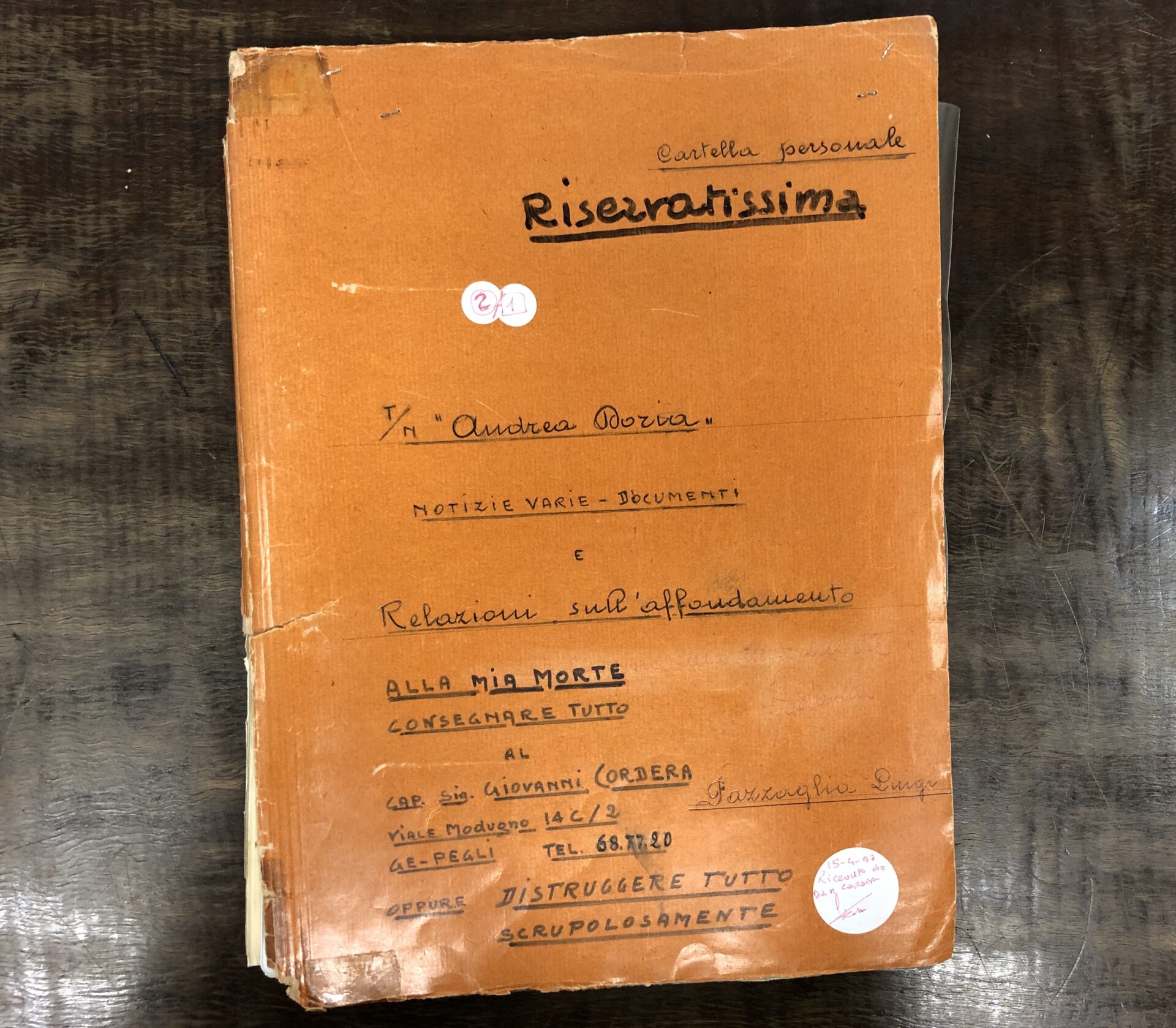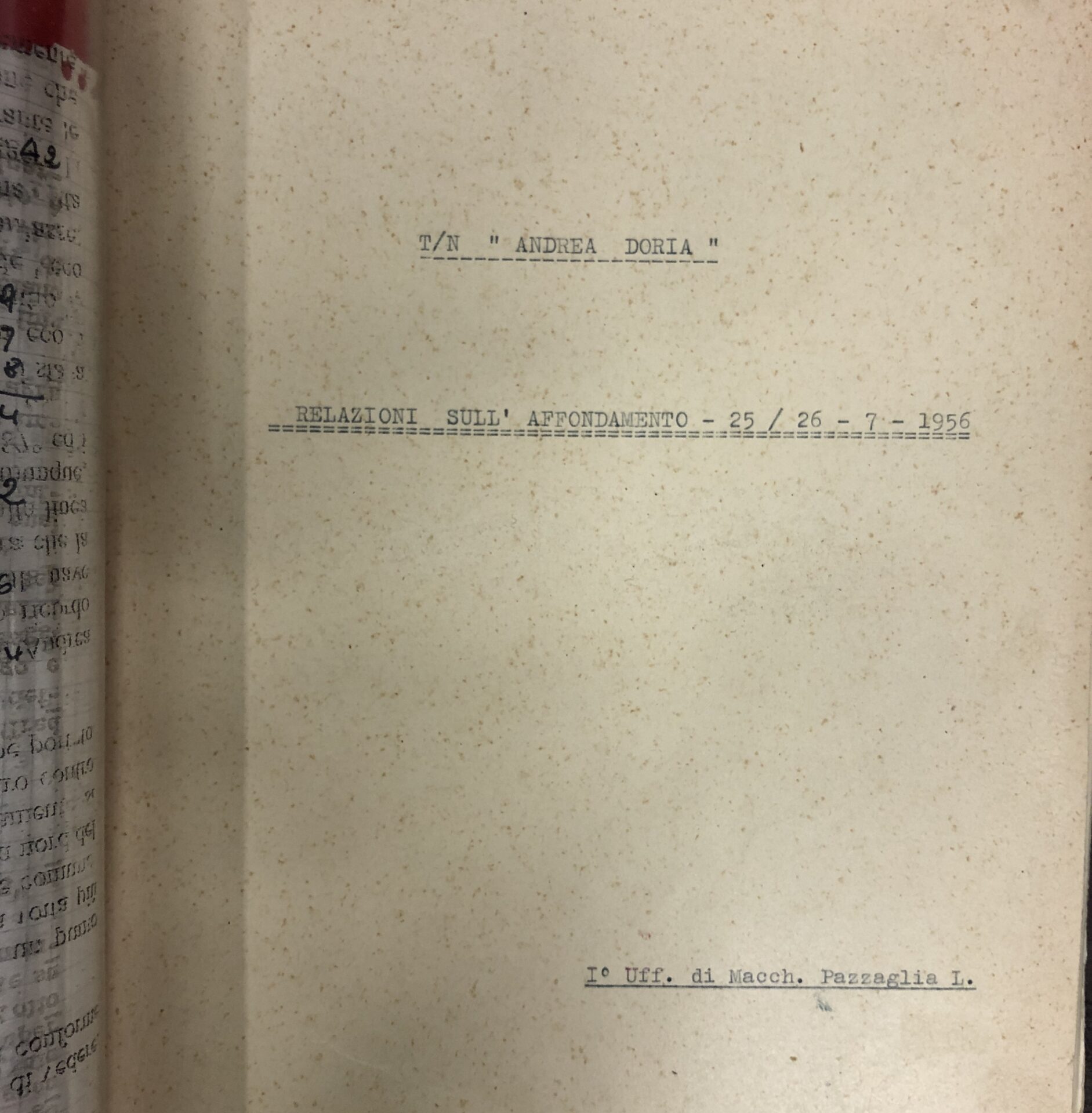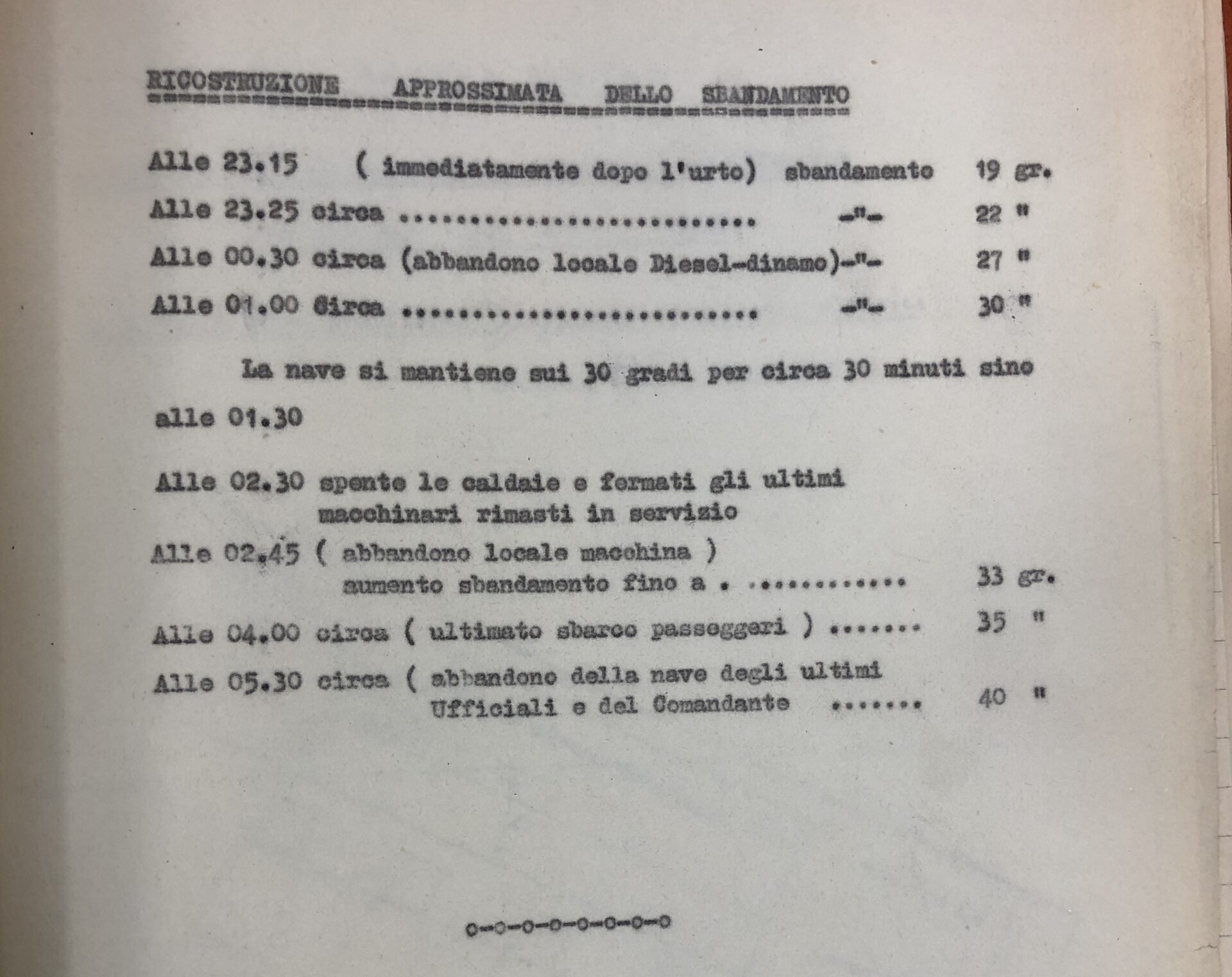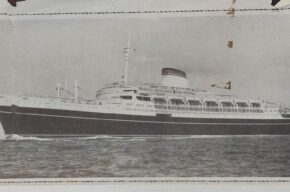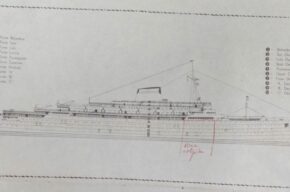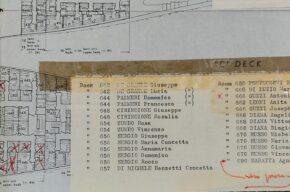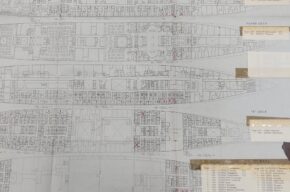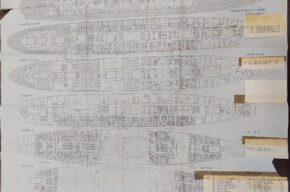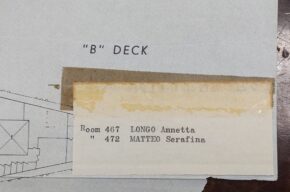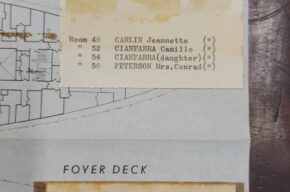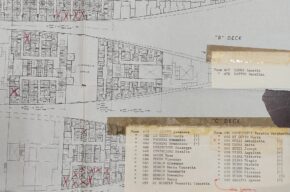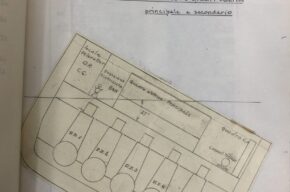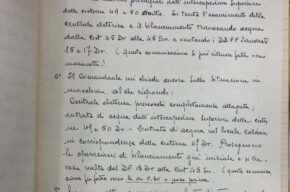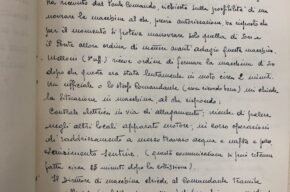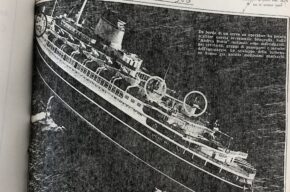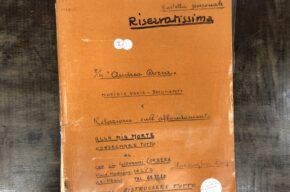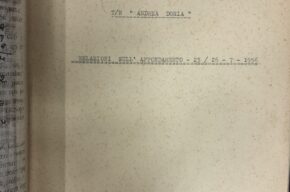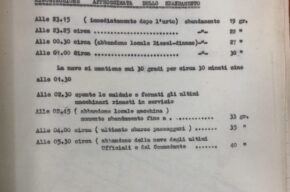Andrea Doria: history and information on the sinking of the Genoese transatlantic ship
Stories and information on the sinking of the Andrea Doria taken from the Fondazione Ansaldo archives
The Andrea Doria was considered to be the most beautiful passenger ship of its time and was appreciated both for its elegant design and its luxury interiors. The worthy heir of the transatlantic ships from the 1930s like the Rex, it was built in the Ansaldo shipyard in Genova Sestri Ponente for the Società Italia di Navigazione di Genova, and it was named after the XVI-century Ligurian admiral, Andrea Doria.
The ship was launched on 16 June 1951 and left on its maiden voyage from the Ligurian capital on 14 January 1953, with at its helm, the Genoese captain, Piero Calamai. 212 metres long, 27 wide and built over 11 decks, it could hold up to 1241 passengers and a crew of around 600.
THE SINKING OF THE ANDREA DORIA
On 25 July 1956 while on its way to New York, one week after its departure from Genova, the Andrea Doria was struck and sunken by the Swedish cargo ship, Stockholm, owned by the Swedish America Line, just off the coast of Nantucket in the United States.
The incident caused the death of 51 people, 5 passengers on the Stockholm and 46 on the Andrea Doria, most of whom were staying in the forward cabins hit by the Swedish vessel. The gallery shows images of all the cabins that were hit in the passenger accommodations.
The bow of the Stockholm hit the starboard (right) side of the Andrea Doria at 23:10 on the 25 July, causing a gaping hole. In a short amount of time the Andrea Doria took on over 500 tonnes of water. Luckily, following the Titanic disaster, emergency communication procedures were much improved and rescue ships were called in quickly.
On board the Andrea Doria, Captain Calamai, his deputy Magagnini and second officer Guido Badano managed the evacuation efficiently. The Andrea Doria’s SOS was picked up by a number of different vessels, including the French transatlantic ship, the Ile de France, four cargo ships and the American Coast Guard. The ship sank on the morning of Thursday 26 July 1956 at 10:15, 11 hours after the collision.
THE CAUSE OF THE ANDREA DORIA INCIDENT: THE COURT CASE
The cause of the accident was at the centre of a court case lasting several months, in which the insurance costs were discussed along with the requests for damages from family members of the victims and passengers. After questioning, it emerged that there were mistakes on both sides: the Stockholm had not sufficiently considered the real course of the Andrea Doria, while the Andrea Doria, at the time of impact, had insufficient ballast, causing its stability, therefore, to be below the minimum standards specified by its builders.
Sinking with a hole that size was inevitable. At the end of the case, both insurances reimbursed their respective losses and together, the owners paid the passengers and crew. The Andrea Doria was the last large transatlantic ship to sink, before airplanes became the common means of transport to cross the Atlantic Ocean.
After it sank, the “Società Italia” decided to replace it with the Leonardo da Vinci, a new transatlantic also built by the Ansaldo shipyard in Genova Sestri Ponente, launched in 1958 and beginning service in 1960. The Leonardo da Vinci looked similar to the Andrea Doria, but had a few technical differences stemming from the sinking experience.
In our gallery, in addition to the images of passenger accommodation, there are also photographs of a file containing the “impressions” written after the accident by Luigi Pazzaglia, the chief engineer of the Andrea Doria. Pazzaglia wrote a very detailed report citing facts, times and the people involved in the tragedy. On the file cover, Pazzaglia left a note specifying that upon his death this “reserved” document was to be given to Giovanni Cordera, captain of the Andrea Doria, or otherwise destroyed.


